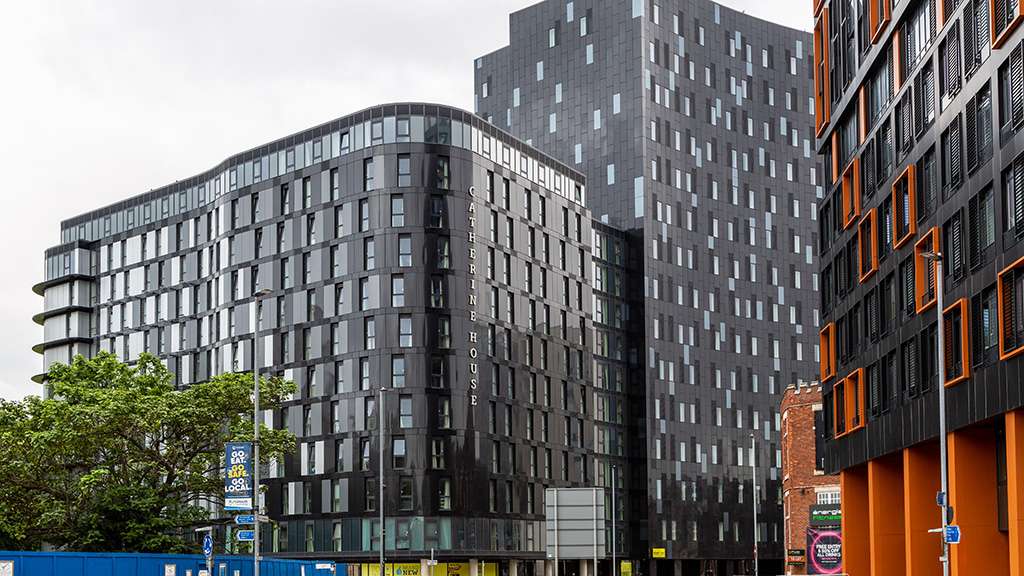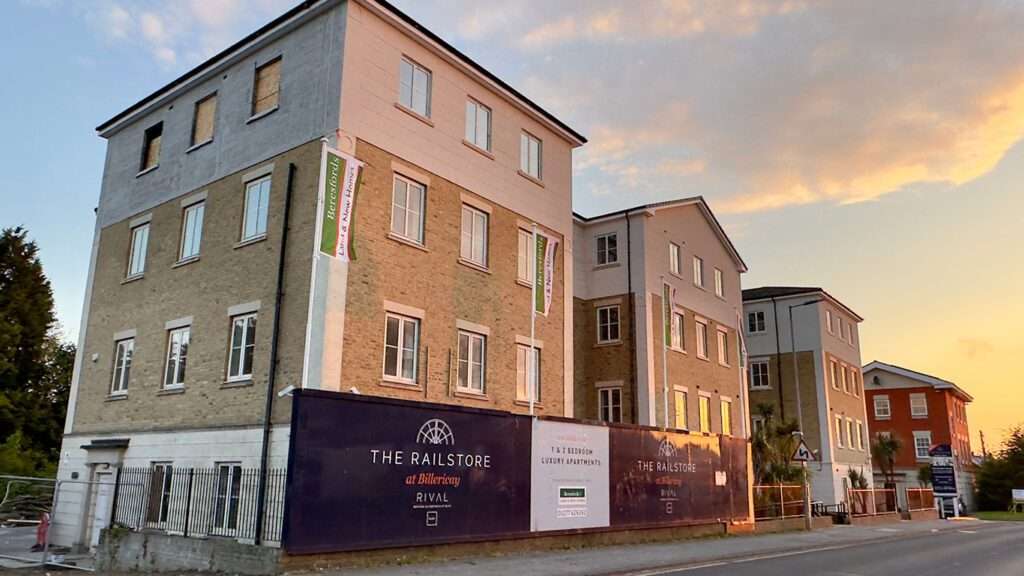A new report by Cushman & Wakefield has warned that the UK’s Purpose-Built Student Accommodation (PBSA) sector is showing signs of strain, with rising vacancy rates and falling postgraduate demand threatening the economic viability of some schemes.
The consultancy’s latest UK Student Accommodation Report reveals a paradox in the market: despite a national student-to-bed ratio (SBR) of more than two students per available PBSA bed, underoccupancy is emerging in several key cities. The issue, it says, stems from affordability pressures and a sharp decline in international postgraduates, two factors reshaping student housing demand since the pandemic.
Sheffield and Leeds hit hardest by demand shifts
In Sheffield, student demand is projected to have fallen 17.3% between 2022/23 and 2024/25, pushing the student-to-bed ratio down to 1.21:1 from 1.46:1 — a level Cushman & Wakefield describes as “unprecedented” for a major market. The city has recorded the steepest rent drop of any UK PBSA hub this year, with average rents falling 5.5%.
Similarly, Leeds has seen demand fall 7.2% over the same period, even as PBSA supply has surged 21.3%. The Yorkshire city recorded its highest annual delivery of new beds in five years, while a further 8,700 beds are proposed and 6,300 already consented. The report warns that Leeds may be heading toward oversupply, with a glut of similar en-suite clusters competing at price points above students’ affordability thresholds.
By contrast, Manchester remains resilient. Despite being one of the UK’s most expensive student cities, it continues to perform strongly due to a net loss of beds over the past five years, which has helped sustain occupancy and rental levels.
The report identifies affordability as the key factor reshaping the PBSA landscape. Average annual rents now consume more of the Student Maintenance Loan than ever before, with a record 23% of beds in England priced above the maximum loan threshold.
While some major cities still allow two-thirds of students to find a room within that loan limit, in others the figure falls to as low as 12%.
Cushman & Wakefield noted that the lowest-quality accommodation delivered faster rental growth than the highest-quality stock for only the third time in 12 years — evidence, it says, that students are prioritising affordability over luxury.
“Unfilled beds are a concern,” a spokesperson for the firm said. “We project postgraduate numbers have fallen by over 17% in two years. While international student numbers may stabilise, more students are now commuting or living at home because the cost of accommodation is simply too high.”
“Stock of similar quality is competing for the same student pool, and en-suite clusters will lose out if prices rise above affordability limits. Students are balancing lifestyle and value-for-money when choosing where to live.”
Only 18,200 new beds were added nationwide in 2024/25 — a net increase of just 10,000 once closures are factored in, far below pre-pandemic levels. Over the past five years, total PBSA delivery has fallen to 88,000 beds, compared with 158,000 in the previous five years — a drop from an annual average of 31,600 to 17,600.
Development activity remains highly concentrated: just three markets — London, Nottingham and Leeds — accounted for nearly half of all new beds added in the past year. Nottingham has emerged as the UK’s second-largest PBSA market, with supply expanding 35% since 2020.
Despite short-term weaknesses, Cushman & Wakefield maintains that structural undersupply continues to support long-term investment appeal. Even with a modest 1% annual increase in demand, the UK could still face a shortfall of 750,000 student beds by 2030, equating to a student-to-bed ratio of 1.9:1.
The firm said this imbalance underpins the sector’s resilience — but warns that pricing discipline and diversification will be essential if PBSA is to avoid repeating the boom-and-bust cycles of previous decades.
“The fundamentals of the market remain strong,” the report concludes. “But the mismatch between affordability and delivery must be addressed if the sector is to maintain stability.”





